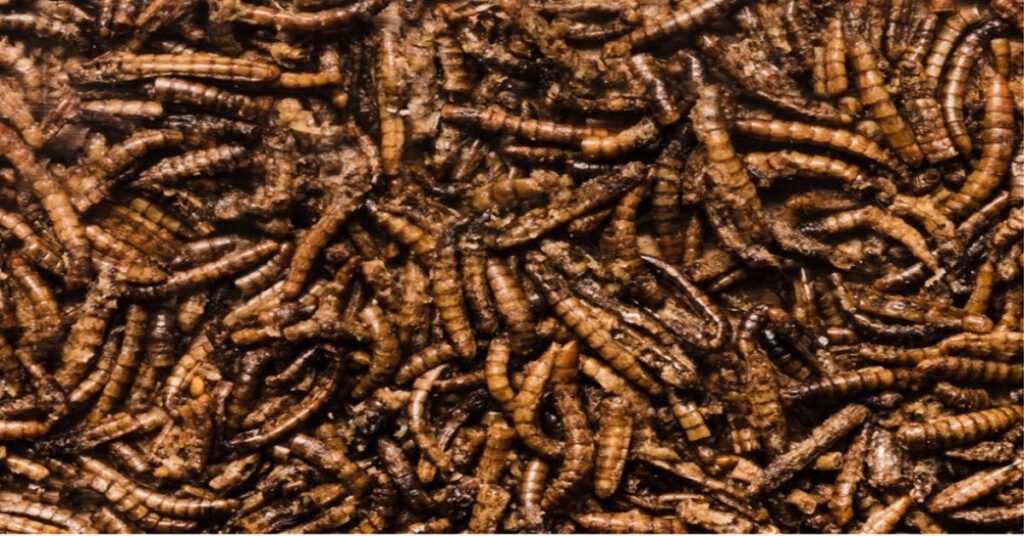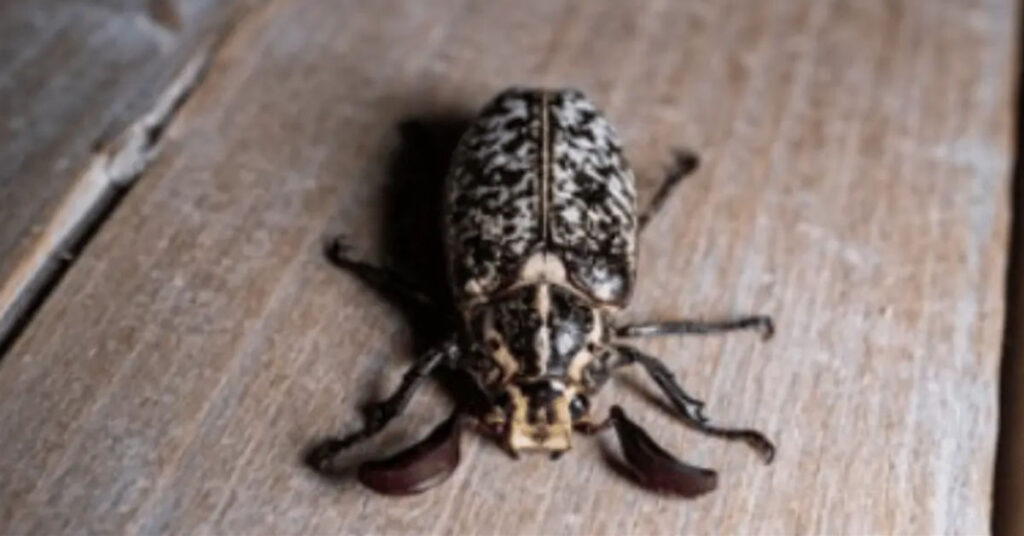Introduction
Have you ever looked at a rotting piece of fruit or spoiled meat and noticed small, white, worm-like creatures wriggling around? These tiny creatures are maggots, and they have a surprising origin. Understanding where maggots come from can help you avoid them and learn a bit more about nature’s unique recycling process.
What Are Maggots?
Maggots are larvae of flies, particularly those of the housefly (Musca domestica) or blowfly (Calliphoridae). When a fly lays eggs on a food source, the eggs quickly hatch, producing maggots. They’re soft-bodied, legless, and often mistaken for worms. However, unlike worms, maggots are part of a larger life cycle of flies.
The Maggot Life Cycle
To truly understand where maggots come from, it helps to know their life cycle. Here’s a quick breakdown:
- Egg: Flies lay eggs on a suitable food source, typically organic material. This could be decomposing meat, fruits, or even garbage.
- Larva: Within 8 to 20 hours, the eggs hatch into maggots. These maggots feed on their immediate environment, absorbing nutrients as they grow.
- Pupa: After a few days, the maggot transitions into the pupal stage, where it develops a protective shell. This is where it starts to transform into a fly.
- Adult Fly: Finally, the pupa cracks open, releasing a fully grown fly ready to continue the cycle.
Where Do Maggots Come From?
Maggots come from the eggs of flies. Flies seek out rotting or decomposing matter as a perfect location for laying their eggs. Common places where maggots might appear include:
- Garbage bins: Flies lay eggs in trash, especially if food waste is present.
- Animal carcasses: Decaying meat provides a nutritious environment for maggots to thrive.
- Rotting food: Maggots often appear on spoiled fruits, vegetables, and meat left out too long.
How Do Flies Lay Eggs?
Flies are incredibly fast at locating food. Their keen sense of smell leads them to rotting organic material within minutes. Once they find a suitable spot, they lay tiny white eggs in clusters. One fly can lay up to 500 eggs in a matter of days, which means a maggot infestation can occur quickly.
Why Do Maggots Appear So Quickly?
One of the reasons maggots appear so fast is due to their rapid development. As soon as the eggs are laid, the maggots can hatch within hours. Warm temperatures accelerate this process, which is why you may notice maggots more often in the summer.
The Role of Maggots in Nature
While maggots may seem like unwelcome pests, they play an essential role in the ecosystem. Maggots break down organic material, speeding up the process of decomposition. This helps recycle nutrients back into the soil, supporting plant growth and maintaining the cycle of life.
Are Maggots Dangerous?
Maggots themselves aren’t necessarily dangerous, but their presence indicates unsanitary conditions. Since they are attracted to decaying matter, they can carry bacteria and pathogens. If maggots appear in your home, it’s a sign that something is rotting or has been left out too long, potentially leading to health risks.
How to Prevent Maggots
To avoid maggot infestations, follow these steps:
- Dispose of food waste promptly: Don’t let food sit out. Seal it in bags and take it out to the garbage regularly.
- Clean your garbage bins: Regularly wash out your bins with hot, soapy water to remove residues that attract flies.
- Use tight-sealing containers: Store food waste in containers with tight lids until you’re ready to dispose of it.
- Cover food outdoors: When eating outside, cover food to prevent flies from landing on it.
Natural Remedies to Get Rid of Maggots
If you discover maggots, here are a few natural remedies to eliminate them:
- Boiling water: Pour boiling water over the maggots to kill them instantly.
- Vinegar: Use a vinegar spray to deter maggots. Its acidity can help eliminate them.
- Salt: Sprinkling salt on maggots will dehydrate them, leading to their demise.
How to Handle a Maggot Infestation
If you find maggots in your trash, food, or elsewhere in your home, here’s a simple step-by-step guide to handle them:
- Remove the source: Locate and remove the decaying material attracting the maggots.
- Dispose of the maggots: Use a plastic bag to scoop the maggots and seal them tightly before discarding.
- Clean the area: Thoroughly clean the area where the maggots were found, using hot water and soap or a disinfectant spray.
- Take preventative measures: Follow the prevention tips above to reduce the chance of future infestations.
Conclusion: The Surprising Origin of Maggots
Maggots may not be the most pleasant creatures to encounter, but their role in nature is essential. By understanding where maggots come from, you can prevent them from appearing in your home and appreciate their natural role in the cycle of life. Next time you see a maggot, remember that it’s simply doing its job in breaking down the world’s waste.
FAQs
- What do maggots turn into?
Maggots eventually turn into adult flies, continuing their life cycle.
- How long does it take for maggots to become flies?
On average, maggots take 7 to 10 days to reach the adult fly stage, depending on temperature and food availability.
- Can maggots appear without flies?
No, maggots originate from fly eggs. If you see maggots, there were likely flies present at some point.
- Do maggots carry diseases?
While maggots themselves don’t carry diseases, they can be associated with bacteria due to the decaying material they consume.


